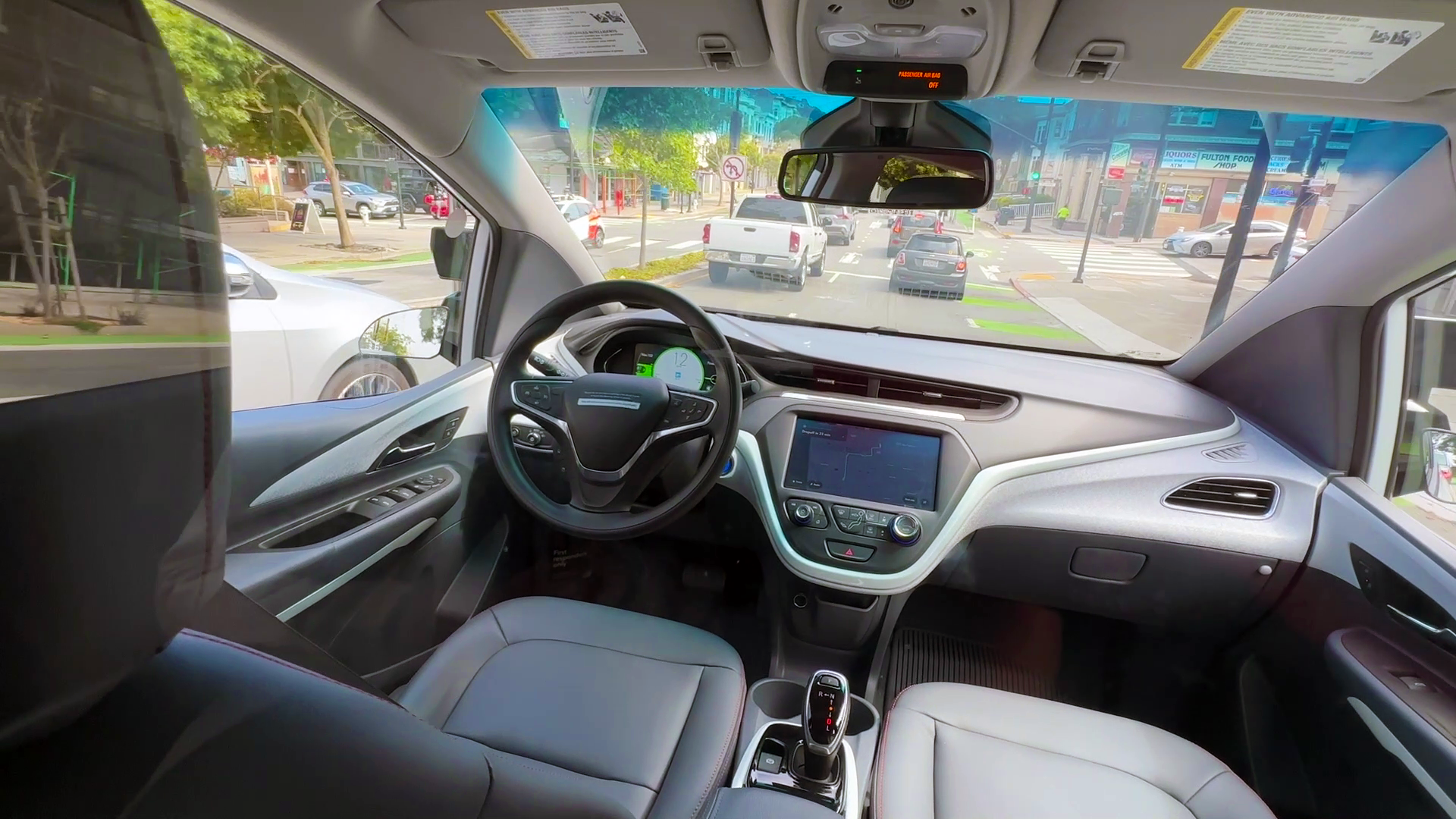Even as the ridesharing craze has taken off, the dream of big cities finding ways to get people out of cars and into public transportation has not come true.
A new study shows the Bay Area and several major U.S. cities are seeing even more cars crowding their streets. But one thing has changed: a huge number of those cars are Ubers and Lyfts.
The study conducted by transportation consultant Fehr and sponsored by the two ridesharing giants, says many big cities have more congestion than in recent years. And much of that is due to two things: ridesharing and millions of people still driving their own cars.
The study shows Uber and Lyft account for just above 13 percent of all vehicle miles traveled in the Bay Area. That’s about 1 in 8 and the highest ridesharing numbers of any major U.S. city.
"There’s a lot of Lyft and Uber cars on the street," Lyft driver Samantha Saucedo acknowledged, adding that people are not leaving their cars for public transportation but rather for other cars. "People are using less BART, the bus, taxis, you know, they’re mad at us, and I can see why."
Part of the reason is that they’re always driving. About 10% of the miles driven by rideshare drivers are logged while driving to pick up a passenger.
"It depends on where that person is," said Jamar Lee, who drives for both Uber and Lyft. "If the person is less than five minutes away, you’re only gonna drive 2 to 3 miles. It varies."
Local
In a blog post, Uber admitted its drivers take up a lot of space but said 90 percent of traffic still comes from non-rideshare vehicles.
"It’s never a dull moment; you’ve always got someone in your car," Lyft driver James Fox said. "A million people trying not to deal with parking."
The Santa Clara Valley Transportation Authority said like most public transit systems, it has seen a recent decline in ridership.



